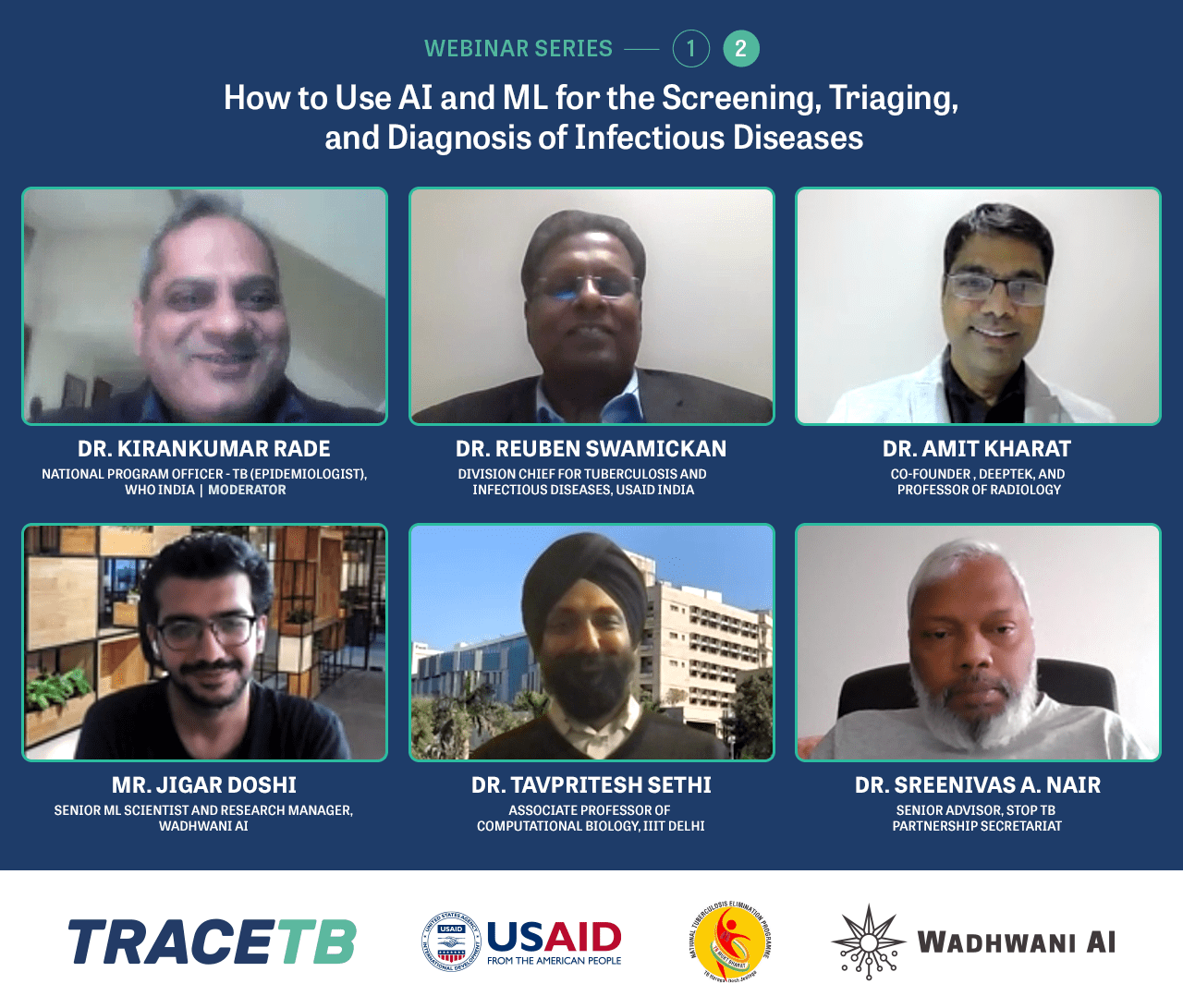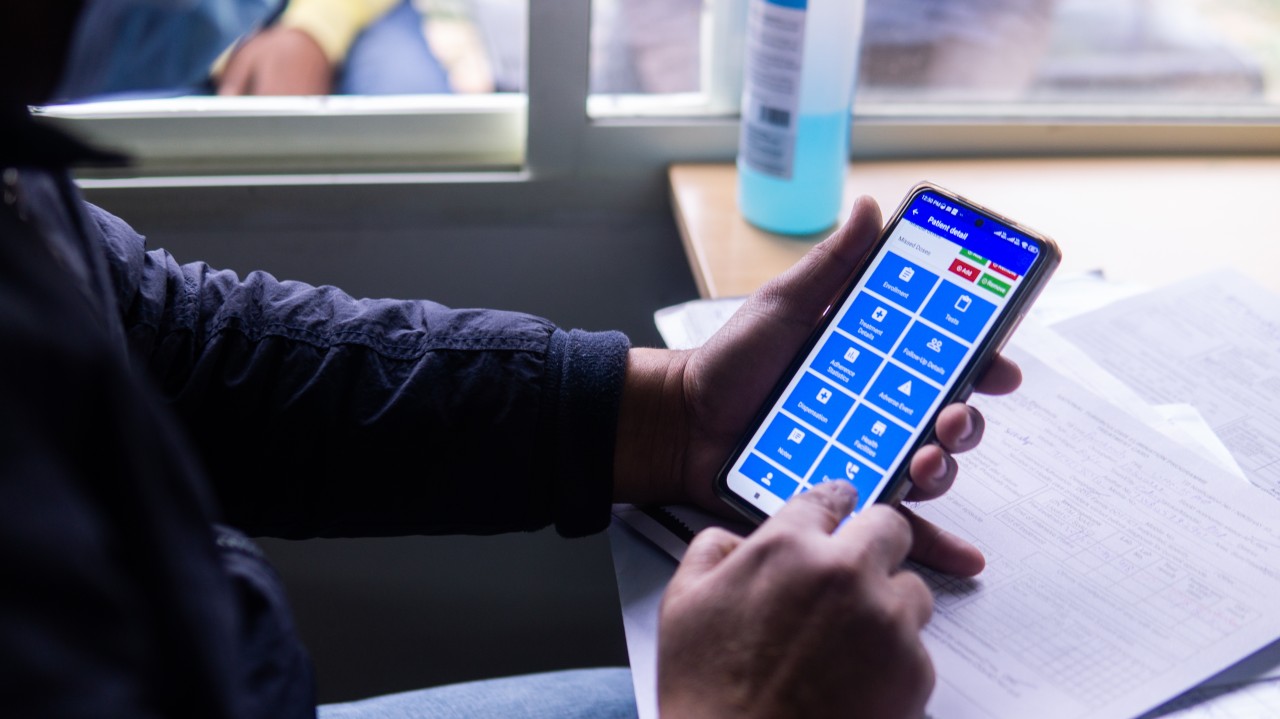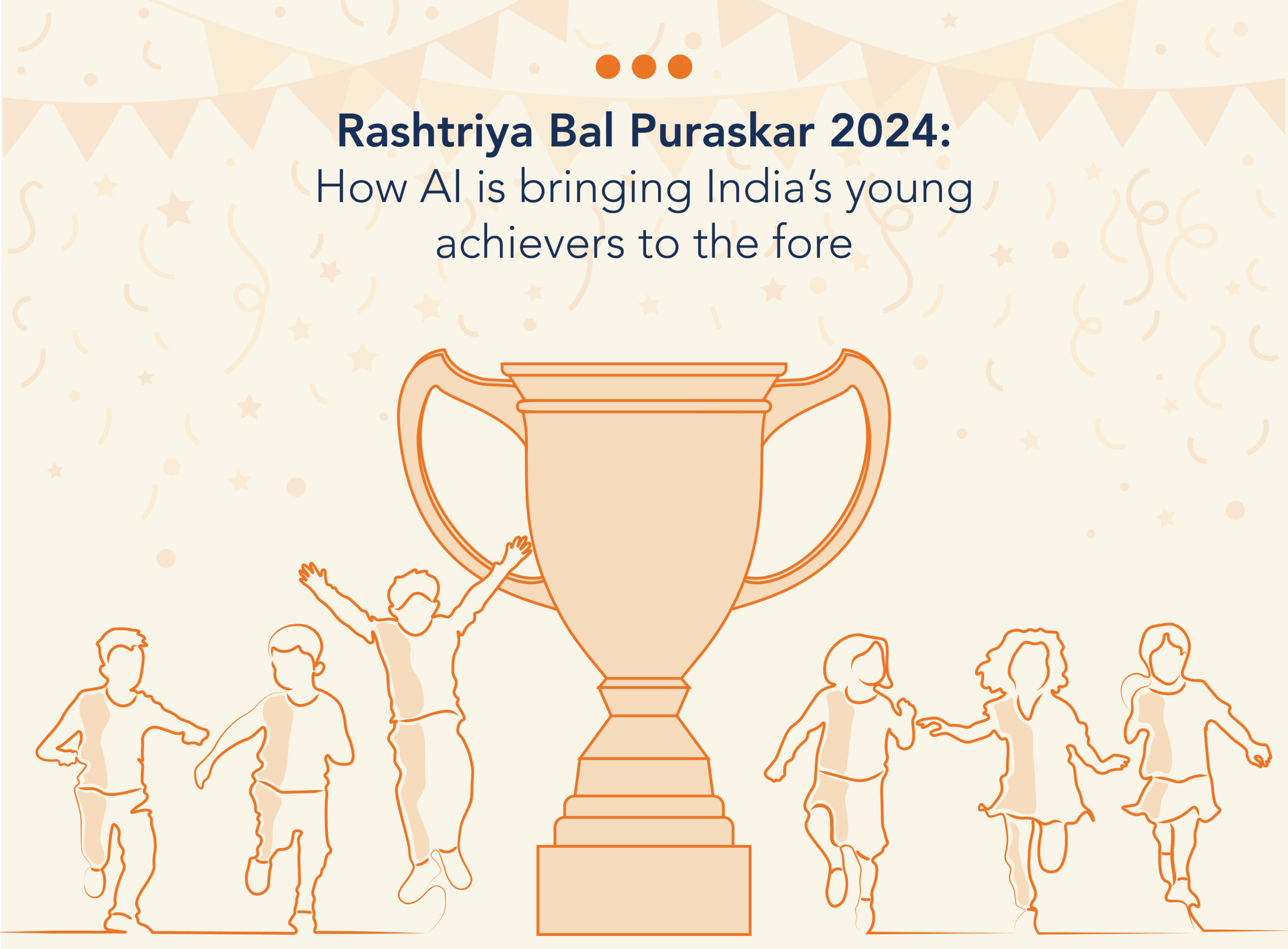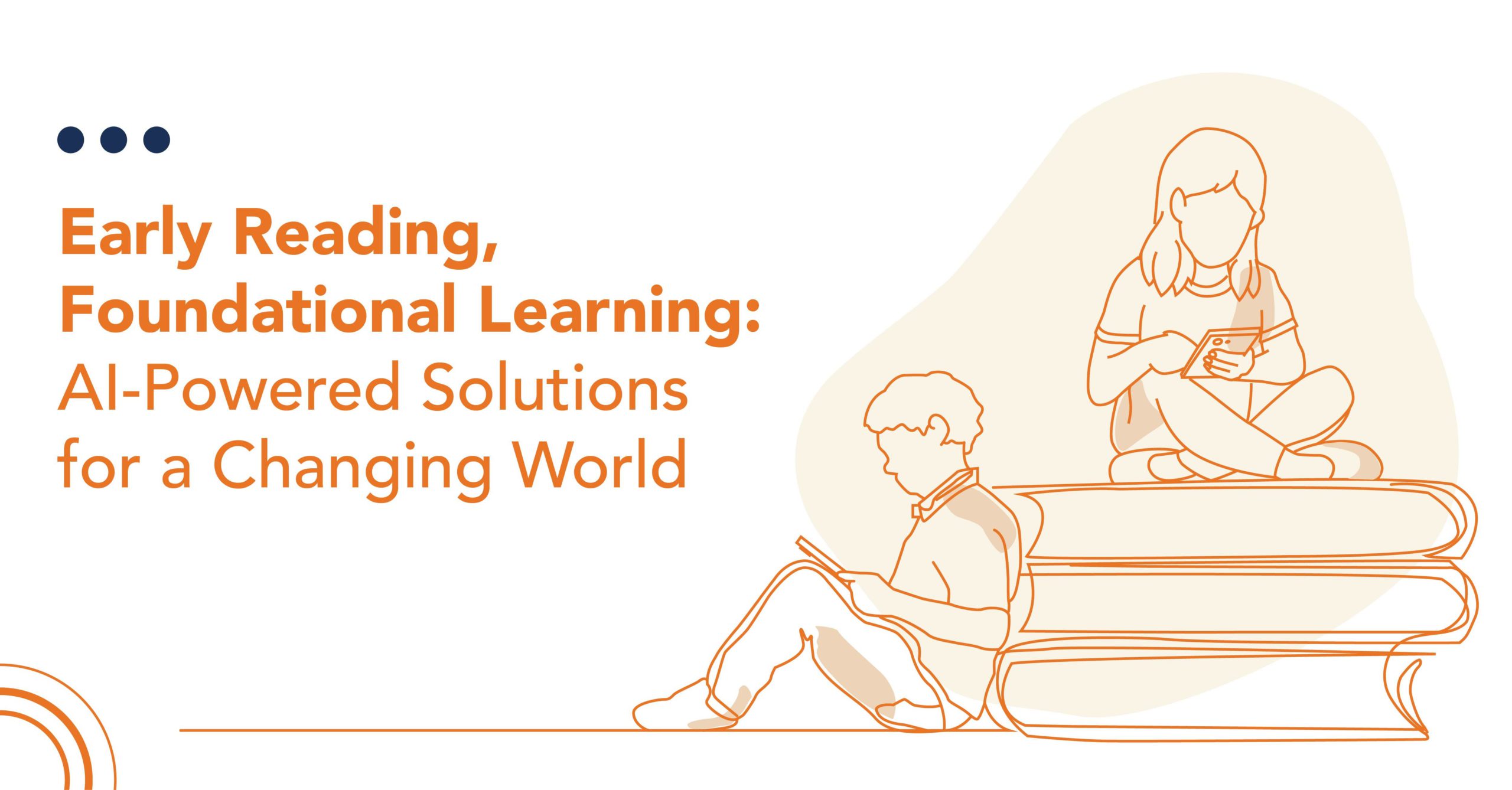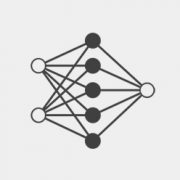The TRACE-TB project, supported by USAID and implemented by Wadhwani AI, hosted the second webinar of its two-part series on 25 January 2022. This webinar looked at the ways in which AI and ML tools can be leveraged for the screening, triaging, and diagnosis of infectious diseases, and the panel of speakers comprised experts from WHO, USAID, IIIT, the Stop TB Partnership, and acclaimed AI/ML researchers.
Webinar 2: Key Insights
In the session moderated by Dr. Kirankumar Rade from WHO India, the panellists elaborated on how AI and ML tools were instrumental in combating COVID-19 worldwide. Unprecedented levels of multi-stakeholder collaboration have enabled data-sharing efforts and these early strides are essential for AI-based solutions that can effectively leverage large, inclusive, historical, and real-time datasets. Rapid adoption of novel technology will aid in accelerating and building resilient health systems.
The following are a few key takeaways from the webinar.
“The need of the hour is to detect the suspected infection cases at an early stage, and rapidly, so that positive cases can be isolated and further transmission minimised. However, many parts of the world lack adequate testing and case-finding resources. Ramping this up is both expensive and time-consuming, particularly in remote and rural areas. There are two main objectives of any public health system pertaining to infectious diseases and pandemics: the way in which the spread can be minimised and how lives can be saved. The effective utilisation of resources continues to be critical with each new wave and COVID-19 variant. It is crucial to devise a simple, non-invasive triaging method that allows the most probable suspected cases to be prioritised for testing infectious diseases and detecting patients at an early stage.”
– Dr. Reuben Swamickan, Division Chief for Tuberculosis and Infectious Diseases, USAID India
“We developed an AI algorithm that predicts the likelihood of the COVID-19 infection. The solution can be scaled to any number of patients over any geography without any cost. It is non-invasive and the results can be known instantly. We transformed the cough signals and other audio signals to a spectrogram and then classified them using TabNet, a type of neural network, to subsequently predict whether or not a patient is COVID-positive.”
– Mr. Jigar Doshi, Senior ML Scientist and Research Manager, Wadhwani AI
“The tool that we have developed is an AI tool based on X-rays and CT scans that is used to detect TB, COVID-19, and other infectious diseases. Our primary focus is on X-rays. Both X-rays and CT scans have been used significantly in the pandemic from these imaging modalities. However, these are secondary to the RT-PCR test, which is a gold standard in the diagnosis of COVID-19. Chest imaging is usually not recommended as a routine screening method. Nonetheless, it becomes a tool of choice for assessing the severity of lung involvement, disease progression, and prognostication of COVID-19.”
– Dr. Amit Kharat, Co-founder, DeepTek, and Professor of Radiology
“From a government standpoint, it will be very important to have an in-house initiative that can establish a sequencing-based surveillance system for important pathogens, and share the data to enable nationwide disease surveillance. Wadhwani AI can play a key role here.”
– Dr. Tavpritesh Sethi, Associate Professor of Computational Biology, IIIT Delhi
“To illustrate the feasibility of using Swarm Learning to develop disease classifiers using distributed data, four use cases of heterogeneous diseases (COVID-19, tuberculosis, leukaemia, and lung pathologies) were chosen in our study. For tuberculosis, we considered over 6,400 blood transcriptomes derived from 127 clinical studies, as well as 95,000 chest X-ray images. The study showed that Swarm Learning classifiers outperform those developed at individual sites. Additionally, Swarm Learning completely fulfils local confidentiality regulations by design.”
– Dr. Sreenivas A. Nair, Senior Advisor, Stop TB Partnership Secretariat


